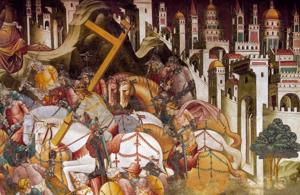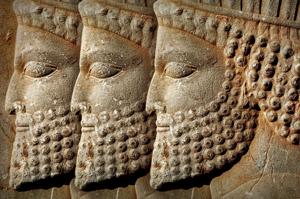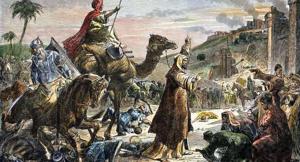
The conversion of Persians to Islam is a topic that has generated considerable debate among historians and scholars. This examination seeks to explore the historical context of the Islamic conquest of Persia, the motivations behind conversion, and whether coercion played a significant role in this process.
Historical Context: The Muslim Conquest of Persia
The Islamic conquest of Persia began in the 7th century during the Rashidun Caliphate. Following the death of the Prophet Muhammad, Muslim armies expanded rapidly, defeating the Sasanian Empire at key battles such as Qadisiyyah (636 CE) and Nahavand (642 CE). These victories opened the Persian heartland to Islamic influence and governance.
Initially, the Persian population resisted conversion to Islam, as Zoroastrianism was deeply rooted in their culture and identity. However, over time, a significant number of Persians began to adopt Islam, leading to a profound transformation of religious and cultural landscapes in the region.

Reasons for Conversion
- Gradual Process: Historical evidence suggests that the conversion of Persians to Islam was not an overnight phenomenon but rather a gradual process spanning several centuries. According to research by Richard Bulliet, while there was limited conversion during the early years of Islamic rule, a rapid increase occurred after the Abbasid revolution around 750 CE. By this time, it is estimated that around 80% of Iranians had converted to Islam.
- Economic and Social Incentives: Many Persians found that converting to Islam provided economic advantages. Muslims enjoyed various privileges under Islamic law, including tax exemptions and better opportunities for land ownership and military service. For some, converting was a pragmatic decision aimed at improving their social standing and securing their livelihoods.
- Cultural Appeal: The cultural and educational superiority of Islam also played a role in attracting Persians to the new religion. Zoroastrianism had become intertwined with a rigid caste system under the Sasanian dynasty, making it less appealing compared to the more egalitarian principles espoused by Islam.
- Political Dynamics: The political landscape following the conquest also influenced conversion rates. Local Persian elites who converted often did so to preserve their privileges within the new Islamic governance structure. This created an influential core of converts who could encourage others to follow suit.
- Lack of Systematic Coercion: While there were instances where individuals faced pressure to convert—particularly during military campaigns—most historians agree that there was no widespread systematic coercion aimed at forcing Persians into Islam. Instead, many conversions occurred voluntarily or as a result of social pressures rather than outright compulsion.

Conflicting Narratives
The narrative surrounding Persian conversion is not uniform. Some scholars argue that while coercive measures were employed at times, particularly in specific regions or during certain periods, these instances were not representative of the overall trend. For example, in Transoxania, local populations faced more aggressive efforts at conversion compared to those in Persia itself.
Conversely, other historians emphasize that many Persians embraced Islam willingly due to its appeal and benefits rather than through coercion. The existence of Zoroastrian communities well into later centuries indicates that while many converted, significant numbers retained their original faith.

Cultural Integration and Identity Formation
As Persians converted to Islam, they did not abandon their cultural identity; instead, they adapted Islamic practices within their existing cultural frameworks. This led to the emergence of a distinctly Iranian Muslim identity that blended pre-Islamic traditions with Islamic beliefs.
The process of Islamization in Persia also involved significant contributions from Persian scholars and poets who played pivotal roles in shaping Islamic thought and culture within Iran. This integration helped solidify Islam’s presence in Persia while allowing for the preservation of many aspects of Persian heritage.
Conclusion
In conclusion, while some elements of coercion may have existed during specific historical moments, the overwhelming evidence suggests that the conversion of Persians to Islam was primarily driven by a combination of social, economic, political, and cultural factors rather than outright force.
The gradual nature of this transformation reflects a complex interplay between adopting a new faith and maintaining cultural identity.The legacy of this conversion continues to influence Iranian society today, where approximately 98% of ethnic Iranians identify as Muslims.
Understanding this historical context is crucial for appreciating the rich tapestry of Iranian identity that has been shaped by both its pre-Islamic heritage and its Islamic faith over centuries.







